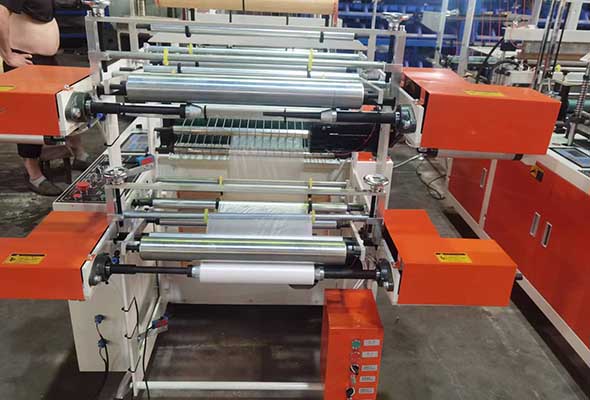Plastic distributors are a key part of the modern industrial supply chain, connecting plastic manufacturers with businesses that rely on plastic materials to create countless products. These distributors act as the middle link, making it easier for manufacturers to reach a wide customer base while helping buyers access a variety of plastic materials in the quantities and formats they need. The materials supplied can include everything from commodity plastics like polyethylene and polypropylene to high-performance engineering plastics such as polycarbonate and PTFE. Plastic distributors cater to industries like automotive, electronics, construction, packaging, and medical devices, among many others. Without these distributors, manufacturers would face challenges reaching small to mid-sized buyers, and end-users would struggle with sourcing specific grades or quantities of plastic. In essence, plastic distributors streamline the process, reduce logistical burdens, and create a bridge between supply and demand in this crucial sector.
A key responsibility of a plastic distributor is to manage inventory efficiently to meet the diverse and time-sensitive needs of their customers. They stock a wide range of plastic resins, sheets, rods, tubes, and films in various grades, sizes, and colors. Distributors must ensure that materials are readily available for both bulk purchases and smaller custom orders. This ability to deliver quickly and reliably helps customers avoid production delays, which can be costly in industries that operate on tight schedules. Many distributors also provide value-added services such as cutting, thermoforming, CNC machining, and material certification, making them more than just suppliers. By offering tailored services and technical support, distributors build long-term relationships with manufacturers and product designers. Their commitment to convenience and quality ensures continued demand for their role in the supply chain.
The global nature of the plastic industry means that plastic distributors must have strong logistics and sourcing capabilities. Many work with international manufacturers to import plastic materials, often sourcing from countries known for producing specific types of plastic or offering competitive prices. Distributors must manage customs, transportation, warehousing, and delivery logistics to ensure materials reach clients on time. They also need to respond quickly to market fluctuations, price changes, and shifting customer preferences. This requires maintaining strong relationships with suppliers and staying informed about global production trends and shipping conditions. The most successful distributors are those who can manage these complex supply chains while maintaining transparency and reliability. Their global reach and local accessibility help support thousands of businesses across sectors.

Environmental concerns have pushed pabrik plastik termurah gac plastik to adapt their offerings and practices to align with sustainability goals. More clients are now seeking eco-friendly alternatives, such as biodegradable plastics, recycled materials, or resins designed for reuse and minimal waste. Distributors play a crucial role in educating buyers about these greener options and guiding them toward solutions that meet both performance and environmental standards. Some distributors now specialize in sustainable plastics, helping companies transition to materials that support circular economy principles. Additionally, many have implemented recycling programs, waste reduction strategies, and energy-efficient warehousing practices within their operations. These steps not only meet regulatory demands but also build trust with environmentally conscious customers. The shift toward sustainability is reshaping the plastic distribution landscape, and those who embrace it are setting themselves up for long-term success.
Technology and digital tools are revolutionizing how plastic distributors operate and interact with their clients. Many now use advanced inventory management systems, e-commerce platforms, and customer portals that allow real-time ordering, tracking, and support. This convenience has helped streamline the procurement process, reduce paperwork, and improve customer satisfaction. Data analytics and AI are also being used to forecast demand, optimize stock levels, and offer personalized service based on client history and preferences. Distributors who invest in these technologies are better positioned to adapt to changing markets and maintain a competitive edge. Digital transformation in the plastic distribution industry is not just about efficiency—it’s about delivering a smarter, faster, and more flexible customer experience. By leveraging technology, distributors can enhance every part of their operation, from sourcing and storage to sales and after-service support.
Looking ahead, the role of plastic distributors will continue to grow in importance as industries evolve and global trade networks expand. Emerging markets, new product innovations, and advances in plastic technologies will create fresh opportunities for distributors to diversify their offerings. They will need to stay agile and responsive to shifts in regulation, raw material availability, and consumer expectations. Those who can balance cost-efficiency with sustainability and innovation will lead the field. In a world that relies heavily on plastic in everything from packaging to advanced electronics, the plastic distributor remains a cornerstone of modern production and commerce. By continuing to build strong supply chains, embrace green initiatives, and invest in digital capabilities, plastic distributors are not only meeting today’s demands—they are shaping the future of global manufacturing.